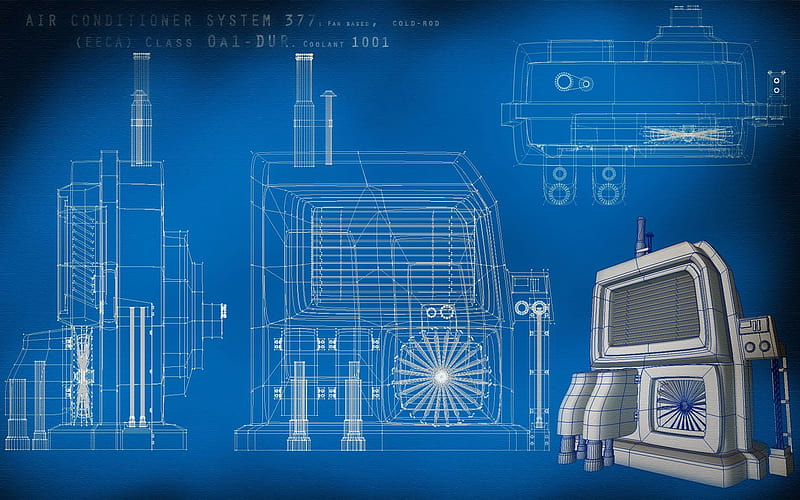Mastering Comfort: The Hidden Science Behind Heating and Air Conditioning
Mastering Comfort: The Hidden Science Behind Heating and Air Conditioning
Blog Article

In today's fast-paced world, the importance of a comfortable indoor environment cannot be overstated. As we navigate through various seasons, efficient heating and air conditioning systems play a pivotal role in maintaining our comfort and well-being. Whether it's the biting cold of winter or the sweltering heat of summer, the ability to control our surroundings makes a significant difference in our daily lives.
Quality Heating Options for Homes
But have you ever stopped to consider the science behind these systems? The technology that powers our heaters and air conditioners is not just about temperature control; it involves complex engineering, thermodynamics, and even psychology. Understanding how heating and air conditioning work can empower individuals to make informed decisions about their home comfort solutions, leading to enhanced energy efficiency and healthier living spaces.
Understanding Temperature Control
Temperature control is a fundamental aspect of heating and air conditioning systems, ensuring that indoor environments remain comfortable regardless of outdoor conditions. The mechanisms by which these systems operate involve intricate technology that monitors and adjusts air temperature based on user preferences and environmental factors. Central to this process are thermostats, which serve as the control interface, allowing users to set desired temperatures while the system works to maintain them.
Heating systems are designed to generate warmth, utilizing various methods such as furnaces, boilers, or heat pumps. Each system's efficiency can significantly impact energy consumption and utility bills, making it essential for homeowners to understand their options. Additionally, modern heating technologies often feature programmable or smart thermostats, enabling more precise control and the ability to adapt to changing schedules and preferences. This adaptability not only enhances comfort but also promotes energy savings.
Conversely, air conditioning systems provide cooling and dehumidification, critical for maintaining comfort during hot weather. These systems rely on refrigerant cycles to extract heat from indoor air and release it outside. The design and placement of air conditioning units play a crucial role in their effectiveness. Proper installation and maintenance ensure that these units operate at peak efficiency, further contributing to a comfortable living environment. Understanding how these systems work empowers users to make informed decisions about their heating and air conditioning needs.
The Role of Insulation
Insulation plays a crucial role in the efficiency of heating and air conditioning systems. It acts as a barrier to heat flow, helping to keep warm air in during winter and cool air in during summer. This is essential for maintaining a comfortable indoor environment and reducing energy consumption. When homes are properly insulated, the heating and cooling systems do not have to work as hard, leading to lower utility bills and extending the lifespan of the equipment.
There are various types of insulation materials available, including fiberglass, foam board, spray foam, and cellulose. Each of these materials has different characteristics and R-values, which measure their effectiveness at resisting heat transfer. Choosing the right insulation for a specific area of a home can significantly enhance thermal performance. Proper installation of insulation is equally important; gaps, compression, or poor fitting can greatly diminish its efficiency.
In addition to improving energy efficiency, insulation also contributes to soundproofing and enhances overall indoor comfort. By reducing drafts and preventing temperature fluctuations, homeowners can enjoy a more consistent climate throughout their living spaces. Investing in quality insulation not only benefits the heating and air conditioning systems but also enhances the overall comfort and livability of a home.
Advancements in HVAC Technology
The evolution of Heating and Air Conditioning technology has led to remarkable improvements in efficiency and user comfort. Modern systems are increasingly equipped with smart technologies that allow for real-time monitoring and control. This means homeowners can adjust their settings from anywhere using a smartphone app, ensuring optimal comfort levels are maintained even when they are not at home. The integration of smart thermostats and sensors contributes to energy savings and reduces the overall environmental impact of HVAC systems.
Another significant advancement is the development of variable refrigerant flow systems. These systems can adapt to the heating and cooling needs of different spaces within a building, providing customized comfort. This flexibility also leads to considerable energy efficiency, as they utilize only the energy necessary for the current demand rather than a constant output. These advancements not only enhance the comfort of occupants but also lower utility bills over time.
Innovations in refrigerants have also played a crucial role in advancing Heating and Air Conditioning technology. Newer refrigerants are designed to have a lower global warming potential, making them more environmentally friendly. Manufacturers are continually researching and developing alternatives that reduce the harmful impacts traditionally associated with old refrigerants. This commitment to sustainability is making HVAC systems more environmentally responsible, while still delivering reliable performance for heating and cooling needs.
Report this page